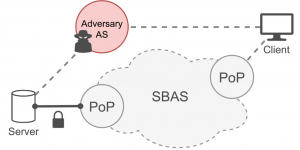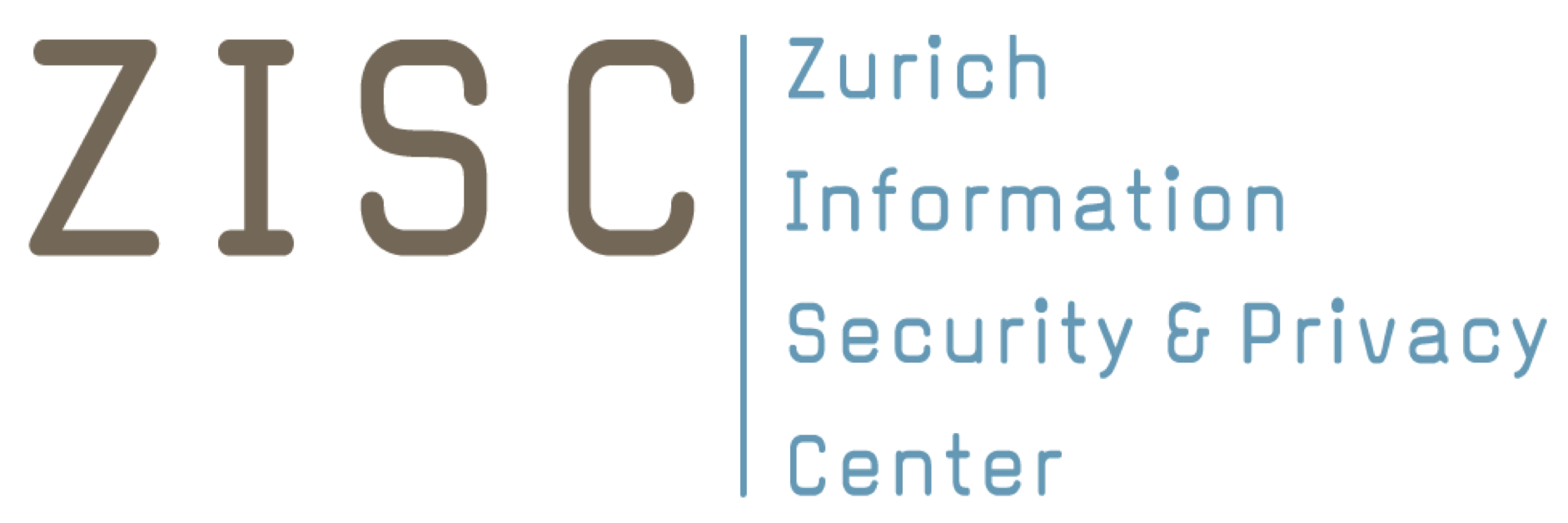SBAS: Bridging the Gap to Next-Generation Internet

Status
This project started in April 2020 and is ongoing.
Researchers
Prof. Dr. Adrian Perrig (ETH)
Dr. Jonghoon Kwon (ETH)
Joel Wanner (ETH)
Prof. Dr. Prateek Mittal (Princeton)
Dr. Liang Wang (Princeton)
Henry Birge-Lee (Princeton)
Grace Cimaszewski (Princeton)
Prof. Dr. Yixin Sun (Virginia)
Description
The recent Facebook outage went on record as one of the largest outages for a major application provider. With the root cause for Facebook, Instagram, and WhatsApp going offline being the BGP routing protocol, there is more awareness than ever that more reliable approaches are required to route Internet traffic.
Today, many products are offered that enable connectivity over a globally deployed private backbone such as Cloudflare. However, with such networks, customers seeking higher reliability and security for their internet connectivity are placing their trust in a single entity.
The inter-domain routing security provided by SCION enables a different approach: to construct a federated backbone consisting of a group of entities. In our project, we are developing the Secure Backbone AS (SBAS), a system that both leverages and drives partial deployment of SCION. It can be used to provide immediate benefits for legacy Internet hosts today. Crucially, SBAS requires minimal additions for Internet Service Providers (ISPs) that already deploy SCION and is compatible with standard BGP practices.
The SCION architecture is already serving a variety of use cases today. However, without SBAS, it is not possible to carry the benefits of SCION out into the wider Internet: a service hosted on a SCION endpoint will not offer improved security to customers of ISPs that do not deploy SCION. Using SBAS, the space for use cases is much larger: even endpoints that are not aware of the system can benefit from it, thanks to the seamless bridge between SCION and BGP provided by SBAS. At a small additional cost, ISPs can therefore deploy SBAS to tap into novel offerings for their customers, such as hijack-resilient server addresses or carbon-optimized Internet connections.
The goal of the SBAS project is to design and implement the system in a way that incurs minimal costs to the participating ISPs, in order to provide the financial incentives required for real-world deployment. Moreover, after initial prototype implementations and experiments in academic network testbeds, the SBAS team is currently driving several efforts to set up a deployment with ISPs and customers.
Publications
In Proceedings of the USENIX Security Symposium 2022.
[PDF] [arXiv]
